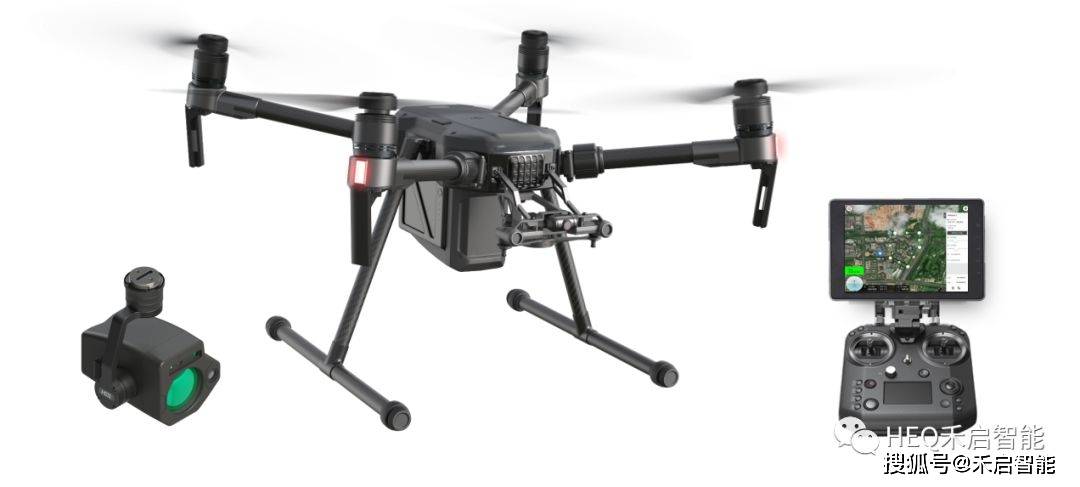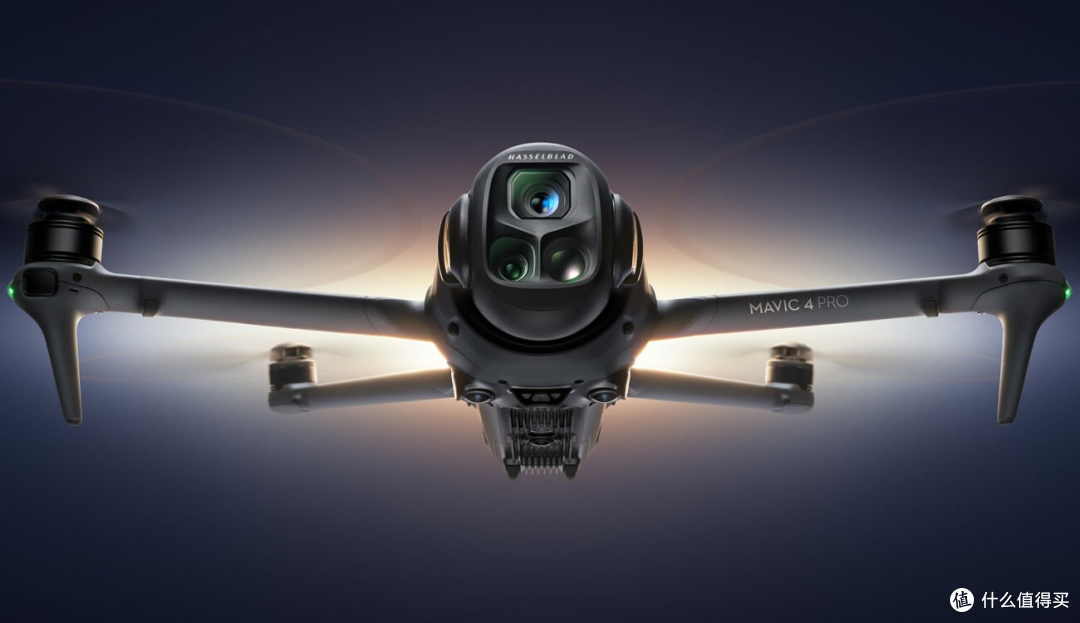In the realm of modern technology, drones with thermal cameras have emerged as instrumental devices, reshaping how we conduct aerial surveillance. These advanced gadgets offer a plethora of applications, from security and safety enforcement to wildlife conservation and search and rescue operations. Integrating thermal imaging capability into drones has unlocked new potential for capturing images based on temperature variations, thus elevating traditional surveillance to insightful thermal reconnaissance. As you delve into the workings of these technological marvels, it’s essential to understand the primary components and functionality.
The Core Advantages of Thermal Camera Drones
Thermal cameras equipped on drones operate by detecting heat signatures emitted by objects or creatures. This detection is pivotal in areas with poor visibility, such as night-time settings or foggy environments where conventional cameras fall short. These drones not only supply detailed thermal imagery but enhance situational awareness by highlighting discrepancies in temperature, helping to identify objects that are otherwise invisible to the naked eye.
One significant benefit lies in the UAV (Unmanned Aerial Vehicle) efficiency; thermal cameras don’t require external light sources to deliver accurate readings. This intrinsic advantage streamlines operations ranging from night surveillance in urban settings to monitoring vast landscapes for security breaches. Moreover, drones with thermal cameras play a crucial role in sectors like agriculture, where monitoring crop health through heat discrepancies can lead to resource optimization and enhanced yields.
Applications Spanning Across Industries
Drones with thermal cameras serve myriad purposes across diverse industries. In firefighting, these UAVs provide pivotal insights, detecting hot spots within blazes. In military and law enforcement contexts, they prove vital in tracking suspects or evasive entities who attempt concealment past visual barriers. Additionally, wildlife researchers employ these drones to monitor animal behaviors unobtrusively, reducing stress on the habitat while increasing the breadth of data collection.
- Search and Rescue: Quickly locate lost individuals in remote or rugged terrains with heat signatures, increasing rescue operation rapidity.
- Infrastructure Inspection: Assess the integrity of installations like power lines and solar panels by detecting thermal anomalies indicative of faults.
- Agricultural Management: Utilize thermal data to determine plant vitality, identifying stressed areas for targeted intervention.
Choosing the Right Thermal Camera Drone
When selecting a drone with thermal camera, consider the resolution capabilities, flight range, and battery life—these factors significantly affect operational efficiency. High-resolution cameras offer more detailed imaging, conducive for precise analyses, while robust flight ranges ensure extensive coverage. Ample battery life is crucial for sustained surveillance operations, allowing for prolonged missions without frequent disruptions. Additionally, software compatibility and post-processing options are vital for optimizing the data collected. Ensure the drone’s software integrates seamlessly with existing systems for streamlined information processing and review.
Cost considerations are equally essential—while initial investment may seem substantial, the return on investment through enhanced surveillance, research accuracy, and operational adaptability can outweigh the upfront expense.
Future Developments in Thermal Camera Integration
 Innovations continue apace, promising advancements in sensor accuracy and drone maneuverability, further enriching the capabilities of thermal imaging in airborne surveillance. The miniaturization of components will contribute to lighter, more agile drones with improved flight dynamics, enhancing accessibility and deployment adaptability for operators across all sectors. In tandem, software advancements will augment analytical processing, presenting clearer visualizations and actionable insights.
Innovations continue apace, promising advancements in sensor accuracy and drone maneuverability, further enriching the capabilities of thermal imaging in airborne surveillance. The miniaturization of components will contribute to lighter, more agile drones with improved flight dynamics, enhancing accessibility and deployment adaptability for operators across all sectors. In tandem, software advancements will augment analytical processing, presenting clearer visualizations and actionable insights.
FAQs About Drones with Thermal Cameras
Q: How does a thermal camera differ from a regular camera on a drone?
A: A thermal camera detects infrared radiation, capturing temperature variations rather than visible light, providing insights into an object or area’s thermal properties.
Q: Can thermal drones operate in all weather conditions?
A: While highly effective in various conditions, extreme weather like heavy rain can impair the quality of the readings. It’s vital to consider environmental factors when deploying drones for operations.

Q: What industries benefit most from thermal camera drones?
A: Industries such as firefighting, law enforcement, agriculture, and wildlife conservation benefit immensely from the enhanced observational capabilities that thermal camera drones offer.